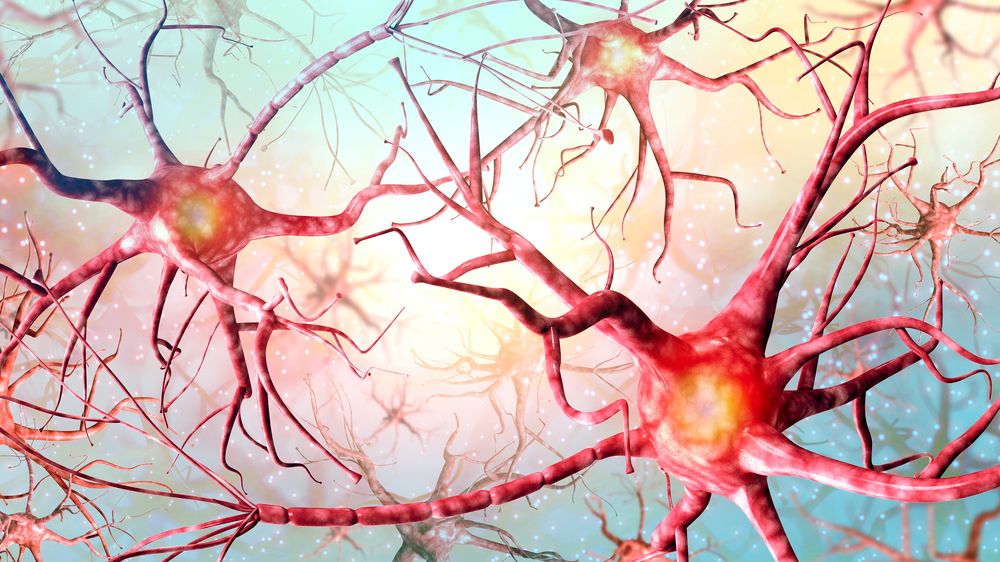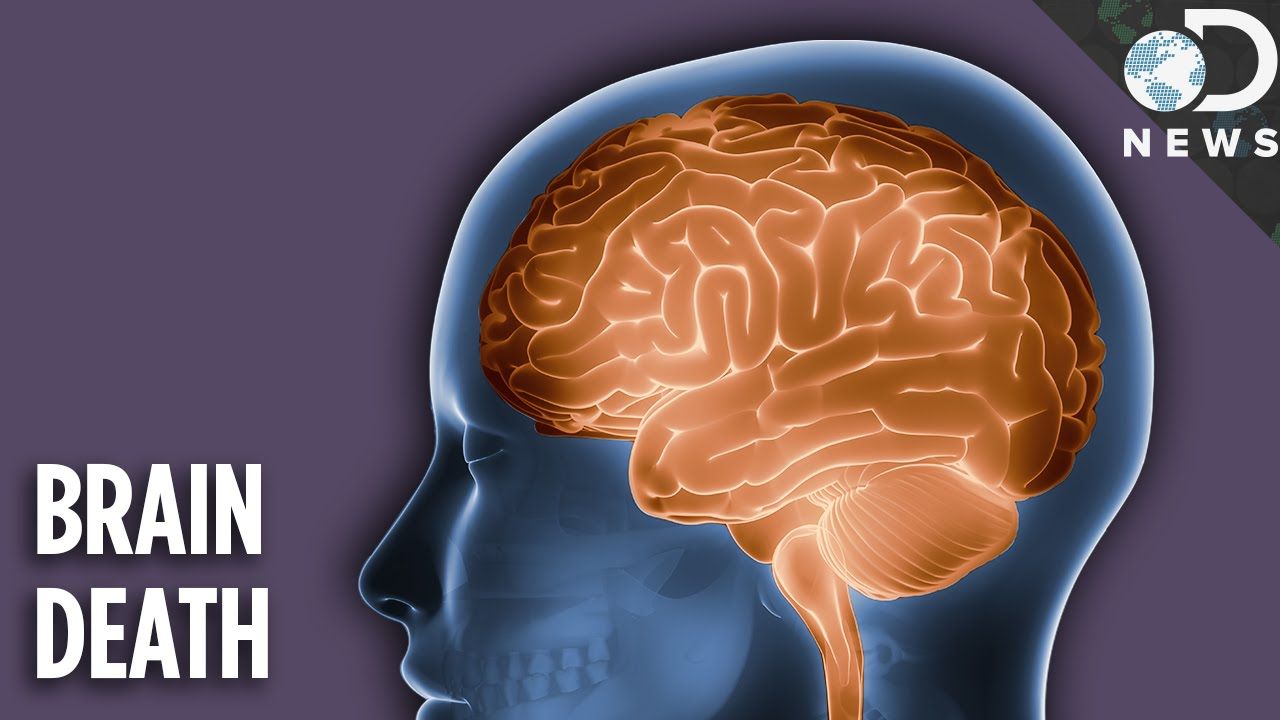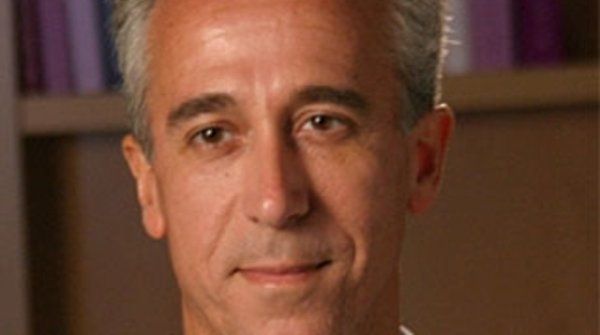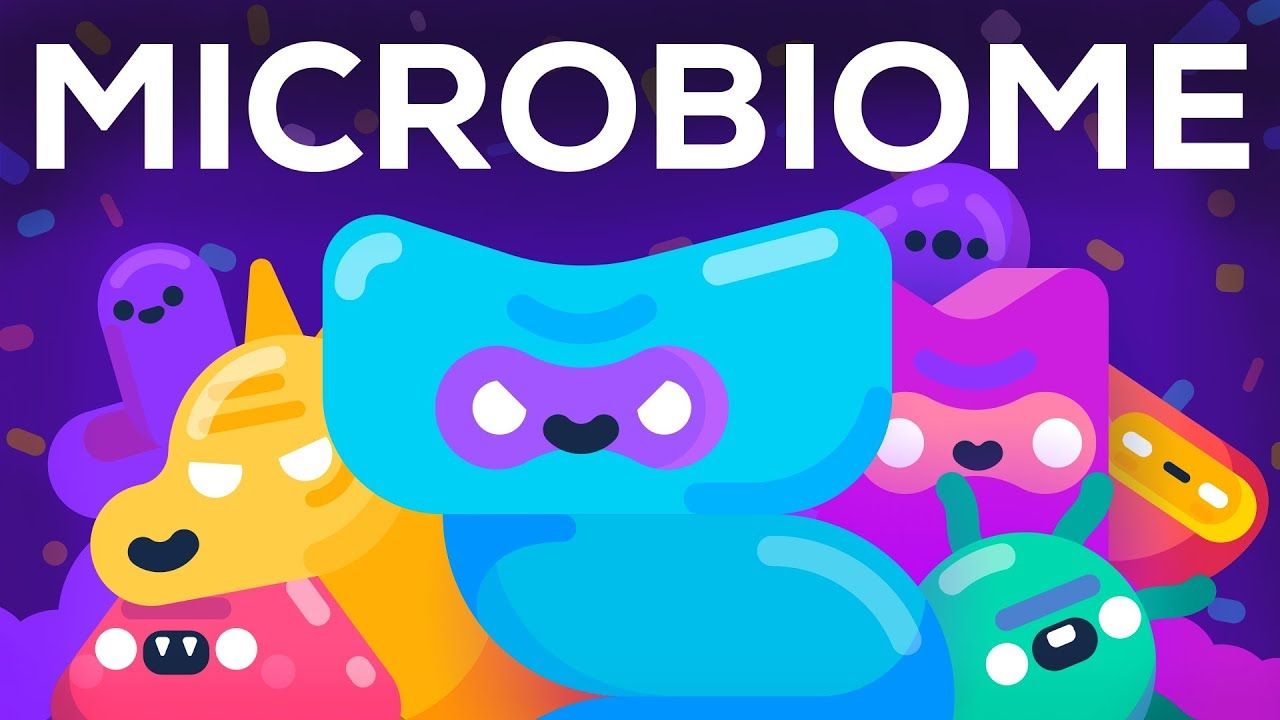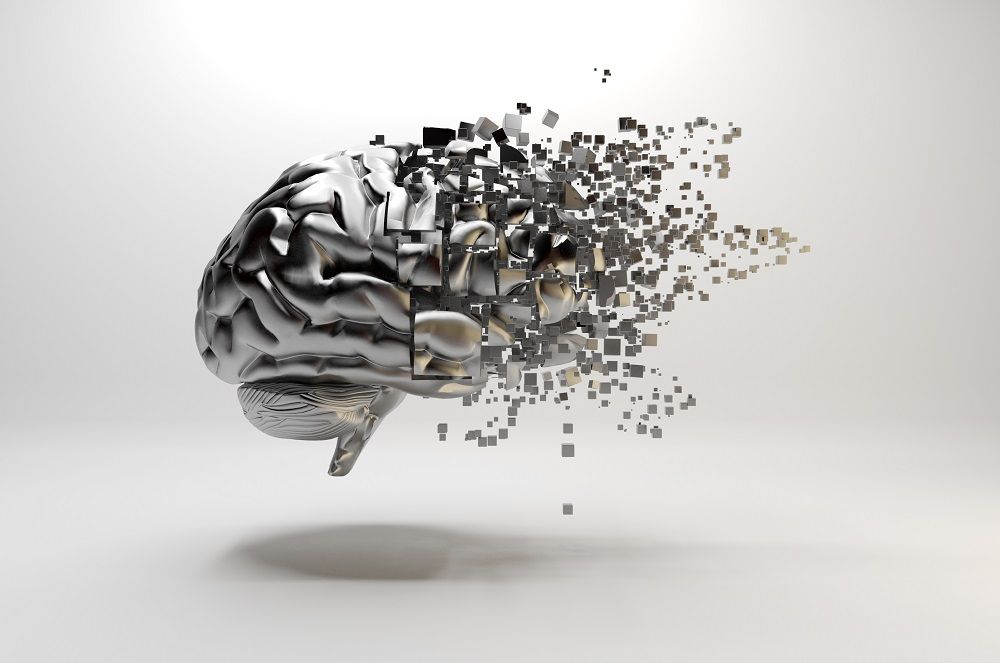Dec 8, 2017
Boosting Mitochondrial Quality Control to Combat Alzheimers
Posted by Steve Hill in categories: biotech/medical, neuroscience
Scientists at the École polytechnique fédérale de Lausanne (EPFL) have found a way to make mitochondria more resistant to damage, which could potentially be used to halt Alzheimer’s and other, similar, diseases.
Globally, Alzheimer’s disease is the most common form of dementia and cause of neurodegeneration. It causes brain damage and symptoms such as long-term memory loss. It is an amyloid-based disease, with the characteristic hallmark being the formation of toxic plaques in the brain made from the aggregated beta-amyloid inside the neurons.
